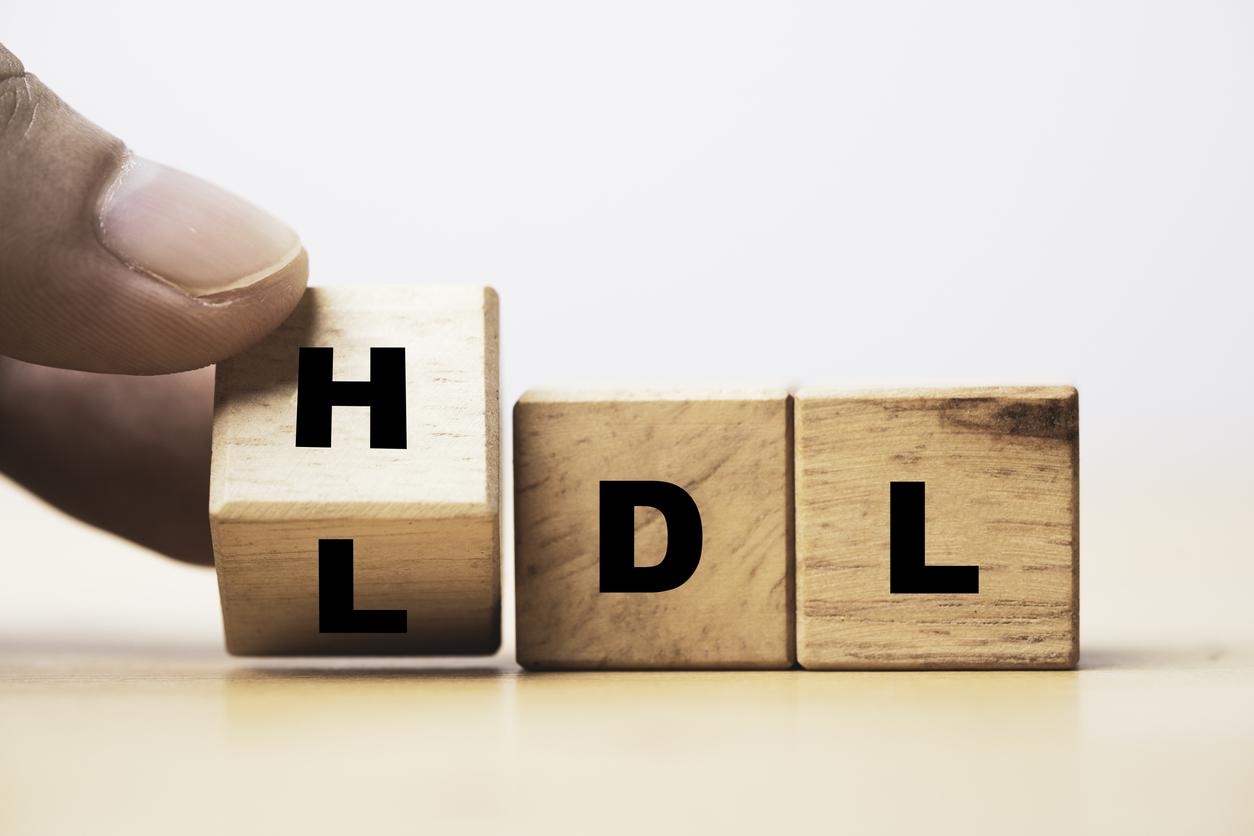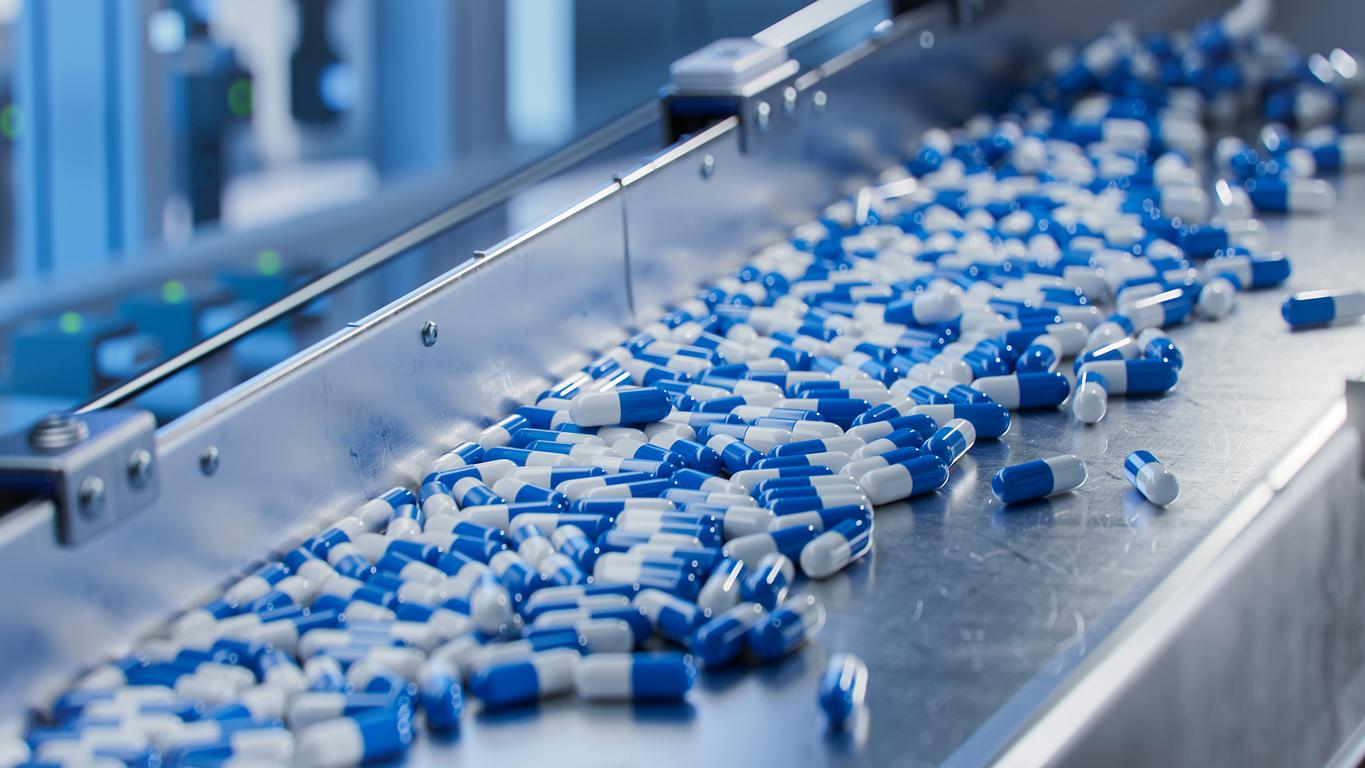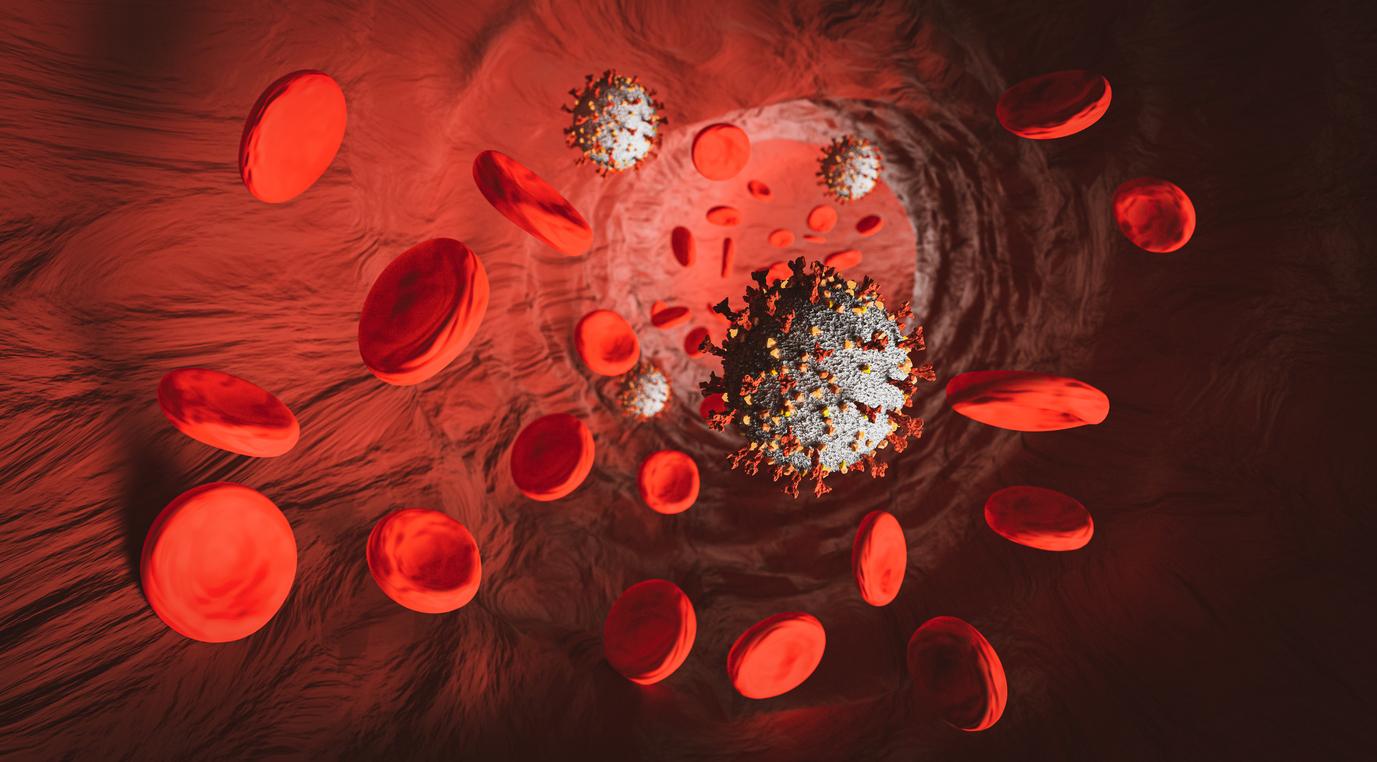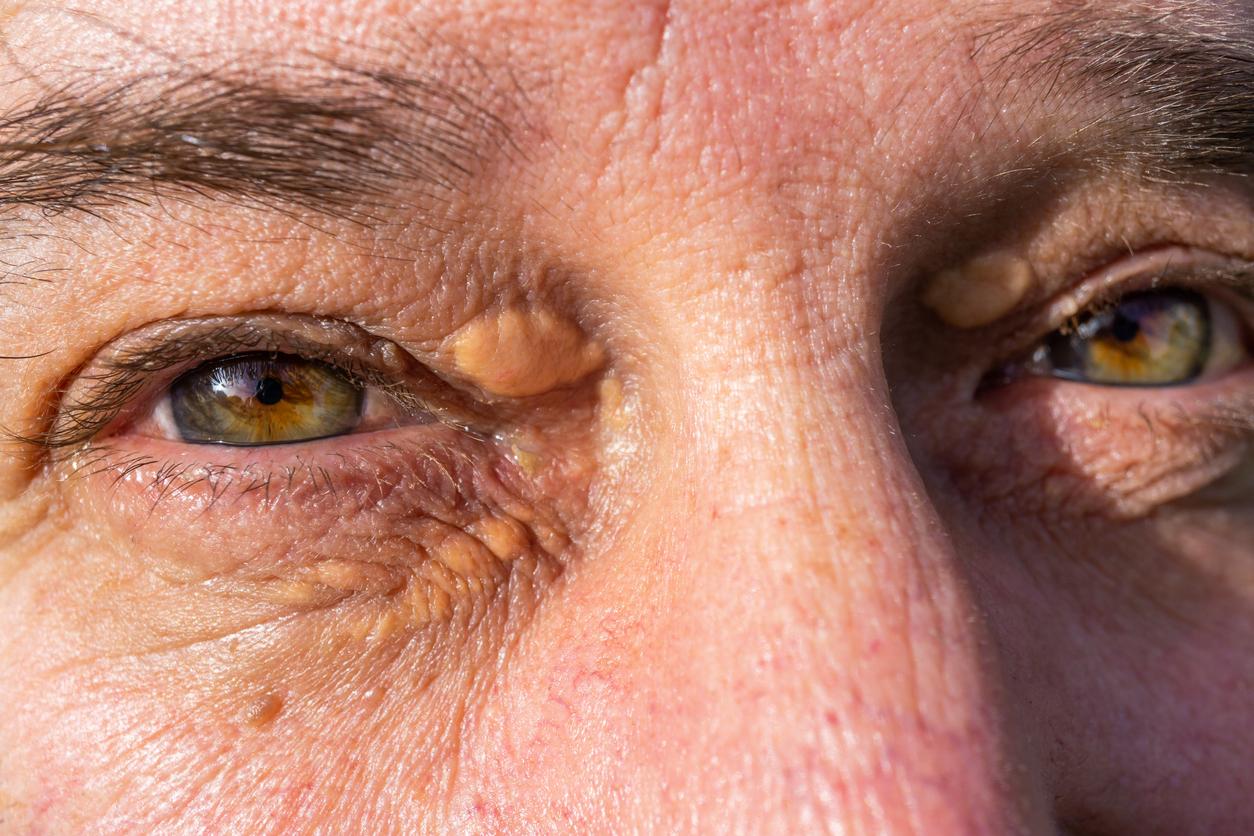It is well known, to have cholesterol increases the risk of cardiovascular problems. But for all that, we should not confuse “good” cholesterol with “bad” cholesterol. Because if the second is harmful for arteries, the first is responsible for cleaning them and transporting fats to the liver to eliminate them.
Behind these names actually hide two families of proteins: HDL for “high density lipoprotein” (high density lipoproteins) and LDL, “low density lipoprotein” (low density lipoproteins).
HDL cholesterol, or “good” cholesterol
The role of HDL lipoproteins is to capture cholesterol molecules that are deposited in the arteries, to transport them to the liver. The latter will then take care of eliminating cholesterol through the digestive tract using the bile.
HDL therefore makes it possible to reduce the level of cholesterol in the blood, hence the name of “good” cholesterol. It is considered that the HDL cholesterol level must be greater than 0.35 g / L to protect against cardiovascular disease.
Read also : Pollution decreases the level of good cholesterol
LDL cholesterol, or “bad” cholesterol
LDL lipoproteins deposit cholesterol on the walls of the arteries, causing plaques of fat called atheromatous plaques, hence the name. “bad” cholesterol. It is therefore better to have a low level of LDL in the blood, to reduce the risk of cardiovascular problems. The LDL level should generally not exceed 1.6g / L. In a person with one or more cardiovascular risk factors (heredity, diabetes, overweight, obesity, age), it is advisable not to exceed the limit of 1.3g / L.
The term total cholesterol includes HLD and LDL cholesterol levels. This rate must be less than or equal to 2g / L, but the lower it is, the better.
Read also : Natural remedies to lower cholesterol levels
Triglycerides, other fats to watch out for
In addition to HDL and LDL levels, triglyceride levels can be measured during a blood test. Triglycerides are the other type of fat found in the blood, but are less associated with cardiovascular risk. It is considered that a glyceride level is normal when it is less than 2g / L.
Read also :
Infographic: what is good cholesterol?
Cholesterol: how to read your blood test?
Stroke and ruptured aneurysm: what’s the difference?

















